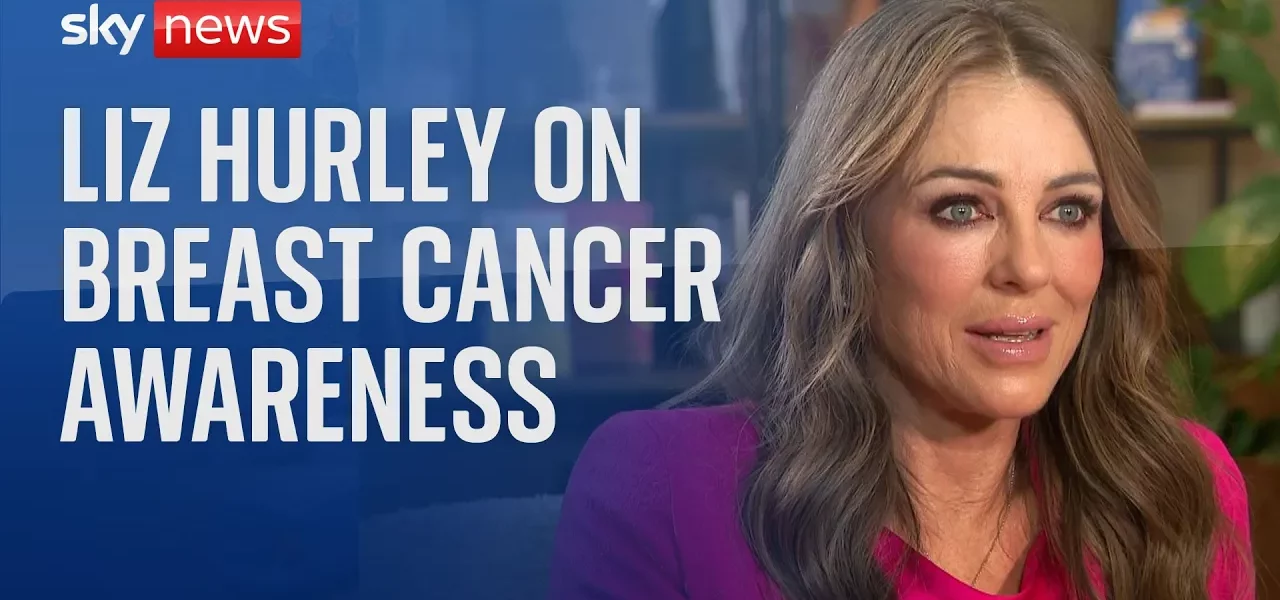Understanding Breast Cancer: Statistics, Treatment Advances, and Awareness

This article explores the alarming rise in breast cancer diagnoses, the advancements in treatment options, and the critical importance of awareness, particularly during Breast Cancer Awareness Month.
Introduction
Breast cancer remains a significant health concern globally, with increasing statistics revealing that one in seven women are now diagnosed with the disease. This statistic is not just a number; it represents real lives and ongoing battles against a condition that has seen both advancements in treatment and persistent challenges. The conversation surrounding breast cancer is vital, especially as awareness campaigns strive to educate and empower women regarding their health. This article delves into the current state of breast cancer, highlighting the importance of early detection, the progress in medical treatments, and the necessity of ongoing advocacy.
The Rising Statistics of Breast Cancer
Understanding the current statistics surrounding breast cancer is crucial in grasping the full scope of its impact. The statistic that one in seven women in the UK will face a diagnosis is a stark reminder of the disease’s prevalence.
Factors Contributing to Increased Diagnoses
- Increased Screening: More women are participating in regular screening programs, leading to earlier detection.
- Heightened Awareness: Campaigns and social media have raised awareness about breast health, prompting women to be more proactive.
- Genetic Factors: Some women may carry genetic predispositions that increase their risk.
Young Women and Breast Cancer
While breast cancer is often associated with older women, there is a rising incidence among younger demographics. Stories such as that of an Olympian diagnosed at just 29 highlight the need for awareness across all age groups. Young women are urged to recognize that breast cancer is not solely a concern for the elderly.
Treatment Advancements in Breast Cancer
In recent decades, the landscape of breast cancer treatment has shifted dramatically, thanks to research and innovation.
Improved Treatment Options
Thanks to targeted therapies and improved research, the mortality rate for breast cancer has significantly decreased by approximately 43% since the late 1980s. This progress can be attributed to:
- Targeted Therapy: New drugs are being designed to target specific cancer cells, minimizing damage to healthy cells.
- Immunotherapy: This innovative approach harnesses the body’s immune system to fight cancer more effectively.
- Personalized Medicine: Treatments are increasingly tailored to the individual based on genetic profiles.
Challenges in Accessing Treatments
Despite these advancements, access to treatment remains a significant hurdle. Many women face challenges in acquiring drugs due to cost factors, which can lead to devastating outcomes. The case of the drug ‘InhHer2’ exemplifies the frustration advocates feel when life-saving options are denied based on financial considerations.
The Importance of Awareness and Advocacy
Breast Cancer Awareness Month serves as a pivotal time for raising awareness and educating the public about breast cancer.
Impact of Awareness Campaigns
Awareness campaigns play a critical role in educating women about self-checking and the importance of regular health screenings. Feedback from women who have benefited from these campaigns demonstrates their effectiveness:
- Many women report finding lumps early and seeking medical attention as a result of awareness efforts.
- Sharing personal stories and testimonies can inspire others to take charge of their health.
Continuous Need for Advocacy
While significant strides have been made, the work is far from complete. Ongoing advocacy is necessary to ensure that breast cancer remains a priority in health discussions, funding, and research. It is crucial that the community continues to unite in support of those affected by breast cancer and push for equitable access to treatments.
Conclusion
Breast cancer remains a pressing issue that demands our attention, advocacy, and action. With one in seven women facing a diagnosis, it is crucial to continue pushing for greater awareness, better access to treatments, and ongoing research into the disease. As we conclude Breast Cancer Awareness Month, let us not forget that the fight against breast cancer is ongoing. We encourage everyone to engage in self-checking and regular screenings and to support advocacy efforts aimed at improving outcomes for all women affected by breast cancer.
For more information on breast cancer awareness and resources, visit our related articles section to learn more about prevention and support.
“`




